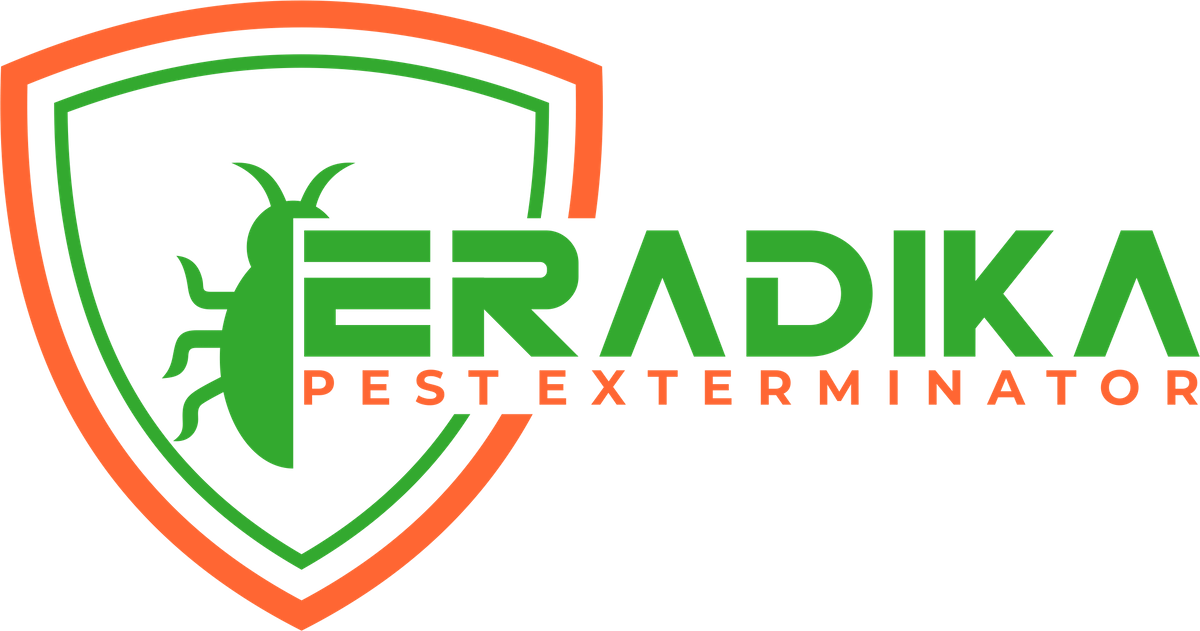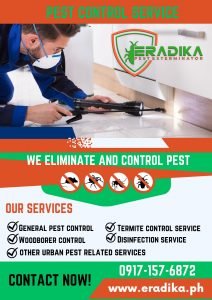When faced with a pest problem, many homeowners in the Philippines turn to DIY pest control methods as a first line of defense.
While taking matters into your own hands can be tempting, it’s crucial to be aware of common mistakes that can undermine your efforts and potentially exacerbate the problem. In this article, we will explore the top five DIY pest control mistakes to avoid, providing insights, examples, and tips to help homeowners effectively manage pest infestations while safeguarding their living spaces.
- Neglecting Proper Pest Identification: One of the most critical steps in pest control is accurate pest identification. Mistakenly identifying the pest can lead to the use of ineffective treatments or inappropriate prevention methods. For instance, mistaking termites for ants may result in the use of ant baits that have no impact on the termite colony. To avoid this mistake, consult reputable sources such as the Department of Agriculture’s Bureau of Plant Industry or seek professional advice to correctly identify the pest species.
- Using Incorrect or Unsafe Pest Control Products: Using improper or unsafe pest control products can pose risks to your health, your family, and the environment. It’s essential to carefully read and follow the instructions on product labels, ensuring they are suitable for the pest you’re targeting. For example, using an insecticide intended for outdoor use indoors can lead to indoor air pollution and potential health hazards. Always choose products approved by the Food and Drug Administration (FDA) and use them according to the prescribed guidelines.
- Overusing or Misusing Pesticides: Excessive and indiscriminate use of pesticides can have adverse effects on the environment and non-target organisms. Some homeowners may resort to continuous spraying or over-application, hoping for faster results. However, this can lead to pesticide resistance, environmental contamination, and harm to beneficial insects. It is crucial to follow the recommended dosage and frequency specified on the product label, targeting only the affected areas to minimize unintended consequences.
- Insufficient Focus on Pest Prevention: Effective pest control involves not only eliminating existing pests but also implementing preventive measures to deter future infestations. A common mistake is solely focusing on eradicating pests without addressing the underlying causes of their presence. For example, sealing cracks and gaps, fixing leaky pipes, and practicing proper waste management can help prevent pests like cockroaches and rodents from entering your home. By combining elimination efforts with preventive actions, you can achieve long-term pest control success.
- Failure to Seek Professional Help When Needed: While DIY pest control can be effective for minor infestations, some situations require the expertise and knowledge of professional pest control providers. Pests like termites, bed bugs, and severe rodent infestations often necessitate specialized treatments and techniques that may be beyond the capabilities of the average homeowner. Recognizing when to seek professional assistance is essential to ensure the complete eradication of pests and to address any underlying issues contributing to the infestation.
Avoiding common DIY pest control mistakes is crucial for homeowners in the Philippines to effectively manage pest infestations. By accurately identifying pests, using appropriate and safe products, following proper application guidelines, emphasizing prevention, and knowing when to seek professional help, homeowners can protect their living spaces from pests while ensuring the safety of their families and the environment.
Remember, when in doubt, it is always wise to consult reputable sources such as the Department of Agriculture or engage the services of licensed pest control professionals who have the expertise and experience to tackle challenging infestations effectively.
Sources:
- Department of Agriculture, Bureau of Plant Industry (bpi.da.gov.ph)
- Food and Drug Administration (FDA) Philippines (fda.gov.ph)
- “Pest Control Best Practices: What Every Homeowner Should Know,” National Pest Management Association (pestworld.org)
- “Do-It-Yourself Pest Control Options,” University of California Statewide Integrated Pest Management Program (ipm.ucanr.edu)


